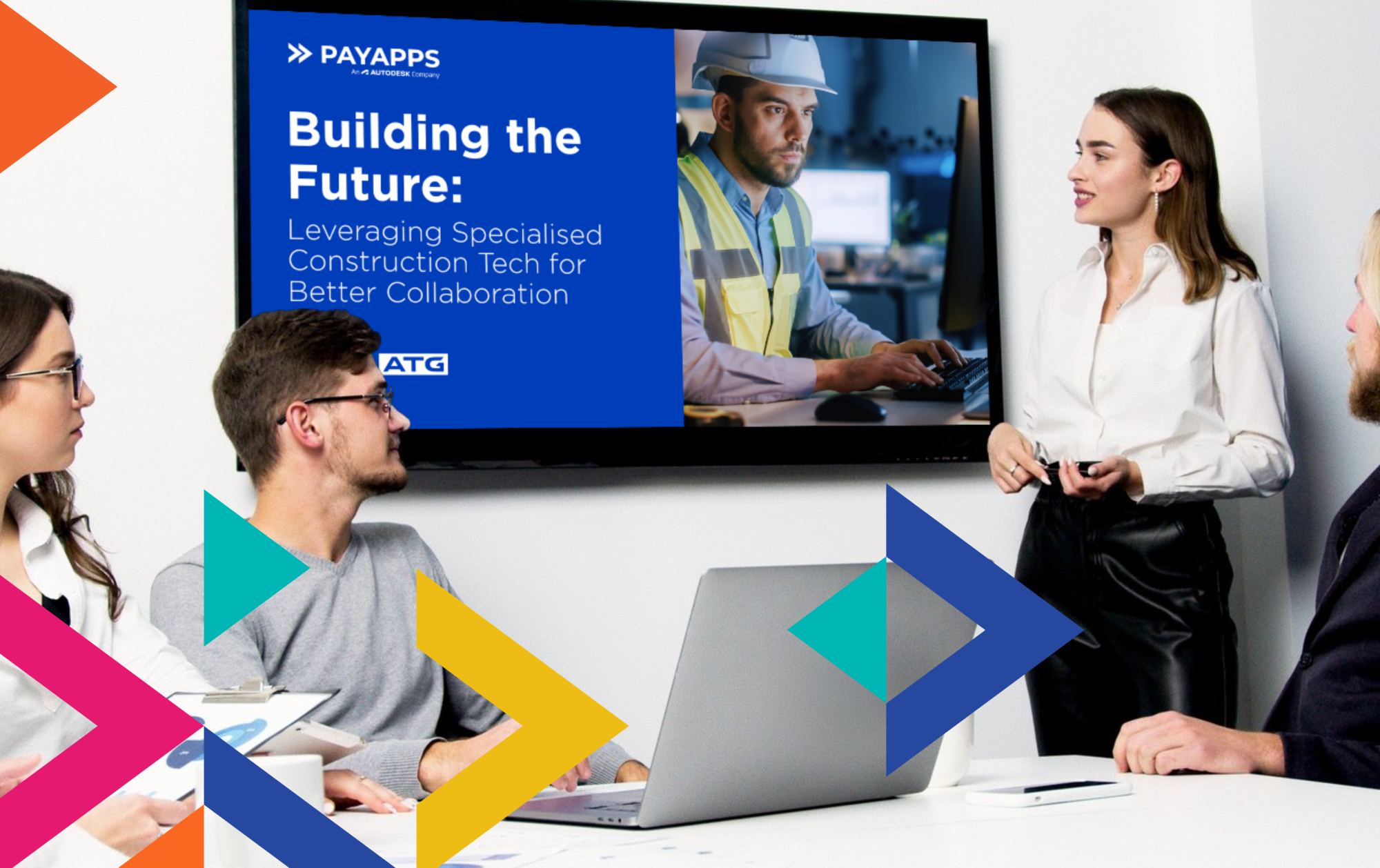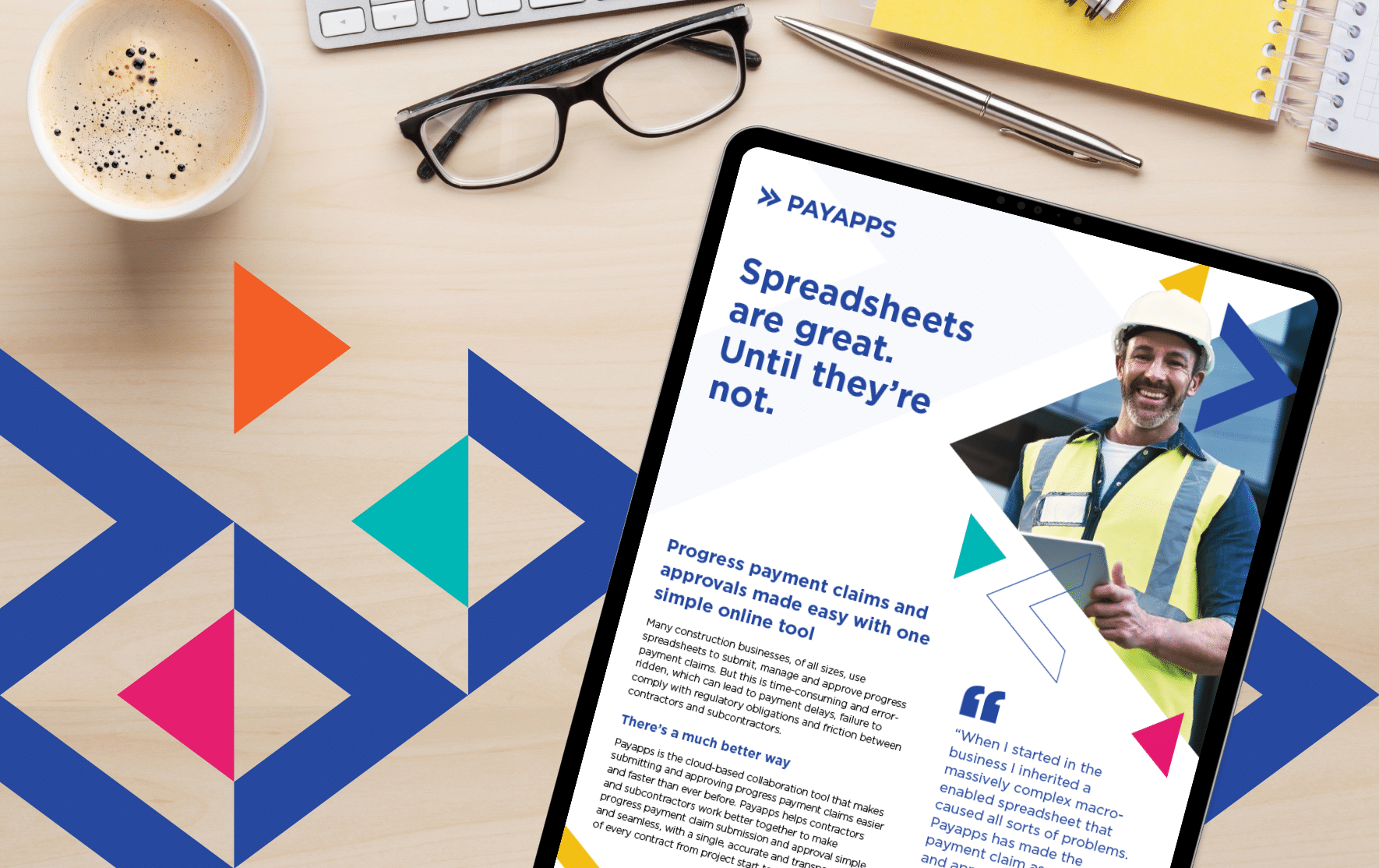Throughout 2020 and 2021, the COVID-19 pandemic has exacerbated ongoing issues in the construction sector – one being the continued rise in costs of building resources and supply chain challenges.
In my recent guest spot on the Master Builders Elevate Podcast, host Ryan Castle and I discussed a number of topical issues around New Zealand and Australia’s construction industry. This included the impact the pandemic has had on business owners and contractors and the role of digitisation moving forward.
Without a doubt one of the ongoing issues is the increased cost of goods and raw materials. Shortages around raw materials such as timber, steel, and even diesel to power the tools and vehicles, has ledto constant fluctuations and increases in costs. In addition, it’s become much more difficult to accurately predict how long a project will take, which also leads to higher prices around the likes of labour and equipment hire.
Highlighting this issue, the global consultancy firm Rider Levett Bucknall released a forecast of construction cost increases for capital and regional cities around Australia in 2022. The projections are that costs will increase by 2.5% in Darwin; 3% in Adelaide, Melbourne and Townsville; 4.5% in Perth; 5% in Brisbane and Gold Coast; and 5.6% in Sydney.
CoreLogic’s Cordell Housing Index Price (CHIP)indexes have already increased around the country by more than 1 percentage point in only a matter of months. For instance, South Australia’s quarterly CHIP index rose 1.5%, up 3.6% for the year, rising at the fastest rate since September 2014.
In New Zealand, construction costs have risen at their fastest pace since 2012. According to CHIP, residential construction costs grew 2.2% in the June quarter, the largest since the index began. This marks an annual growth rate of building costs to 4.5% up from 3.3% in March.
These numbers provide an indication of the challenges our construction companies and contractors are facing, and it still doesn’t include rapidly growing and exorbitant shipping costs and the fallout of month-long delays.
Our recent Frost & Sullivan study on digital transformation within construction flagged supply chain issues as one of the top roadblocks for construction firms. However, our whitepaper also highlighted that digitisation and the adoption of technology tools presents a possible solution. Real-time collaboration, the ability to manage and track key tasks, and having a centralised platform with a single source of truth can help to develop the relationship between head and sub-contractors and bring together a fragmented environment.
If you ask an average person to imagine atypical construction worker, they’ll probably think of a male in work pants, boots, a high visibility vest and helmet. But the face of the construction industry is changing. For one, more than 40% of our users are female. We’re also seeing the next generation of leaders coming through. For a long time, construction firms have been led by their founders, but now those with fresh ideas and approaches are stepping into leadership positions. While it’s important to not lose the momentum we have built up over time, it’s crucial to embrace the new, to be open to the power of digital tools, and the new thinking that comes along with that.
On top of this, most organisations are small -they might have under 10 people in their team, not 50 or 100. These factors also lend themselves to tools that will help people become more effective and efficient, and better engage with all stakeholders. In this scenario technology becomes an obvious choice.
At Payapps we see that most organisations may not think they are engaged in digital transformation, but in fact they do have some form of construction management platform, whether that’s for pricing estimations or project management, for example. And that’s across all sizes of organisation. In beginning to recognise these tools and actively adopt more, leaders are able to create more efficiencies and help teams to meet ongoing, and at times severe, challenges.
From our end, we’re primarily focused on using technology to improve efficiencies and clarity around progress claims, which has long been a manual process. It has become a critical piece in reducing complexity for both builder and subcontractor, enabling them to have live, collaborative dashboards that adapt and change to match their activities, costs and work against a contract. This is even more important as prices and projects are changing so rapidly.
In this instance, digitisation also becomes about lowering the cost of doing business and increasing satisfaction with subcontractors. In moving from manual to automated processes, you create a cost efficiency opportunity. It helps contractors to deliver on what is promised each and every time and reduce risk of misinformation or miscalculation. We’re giving people the best chance of being paid the right amount at the right time, to keep all parties happy and in the know of what’s going on.
Knowledge is power, especially when we’re faced with difficulties around price increases, delays in projects and changing teams. What gives us a sense of optimism within the construction industry, despite the current landscape, is to see organisations that are moving into anew phase of growth and adopting digital tools and technologies to drive greater efficiencies, collaboration and risk mitigation.







